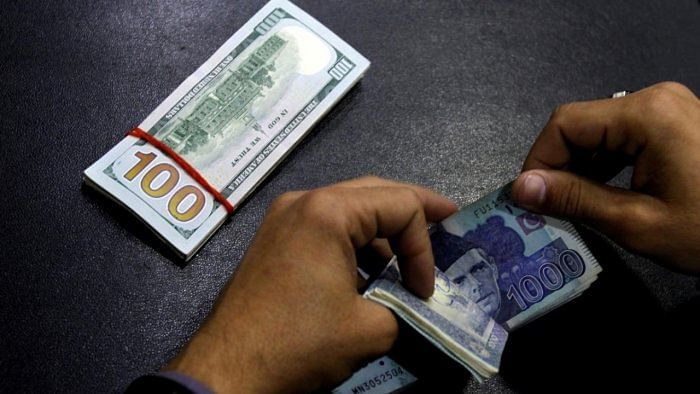
Pakistan is in dire straits due to its collapsing economy. In order to receive financial aid from the IMF, the cap on exchange rate has been removed. As a result, the Pakistani rupee has plummeted to a record low of Rs 255.43 against the dollar in the interbank market on Thursday, sliding Rs 24.54 or 9.61 per cent from Wednesday’s close.
Pakistan agreed to relax its control on exchange rate as it was one of the demands of the IMF to bailout funds to the crisis-hit Asian country.
The IMF pressed for a capping exchange rate as it created black market for dollars and discouraged foreign inflow through regular channels.
The Pakistani currency is being exchanged in the black market, often at 10 per cent over its advertised rates.
Pakistan’s dependence on IMF bailout
Previously, the IMF aided Pakistan with $6 million, followed by another $1 million bailout in 2022 during the devastating floods in the country. However, the IMF delayed the next bailout as the country failed to increase energy rates and impose more taxes.
Along with these measures, the IMF pushed Pakistan to allow market forces to play a greater role in setting their exchange rates than artificially capping it. Hence, in order to receive funds, the Pakistani government complied with the IMF.
Positive side of crashing Pakistani rupee
Despite crashing currency, Pakistan’s stock market showed positive signs. The benchmark KSE-100 index rose 2.4 per cent, the most in over five months. Experts pointed at this as evidence of Pakistan welcoming this move, as per The Indian Express Report.
Effect of depleting forex reserves
Pakistan is drastically short on forex reserves owing to persistently rising demand for the dollar.
Thousands of shipping containers packed with raw materials for industry, foodstuffs, and medical equipment are being held up at Karachi port because banks have refused to guarantee importers' dollar transactions.
Pakistan also suffered from a nationwide electricity outage earlier this week, linked to a cost-cutting measure, estimated to have cost the textile industry alone $70 million.
(With agency inputs)